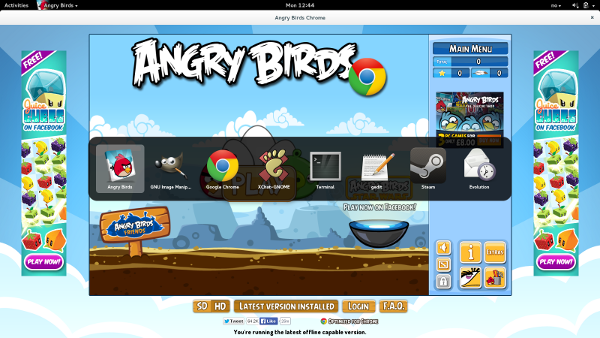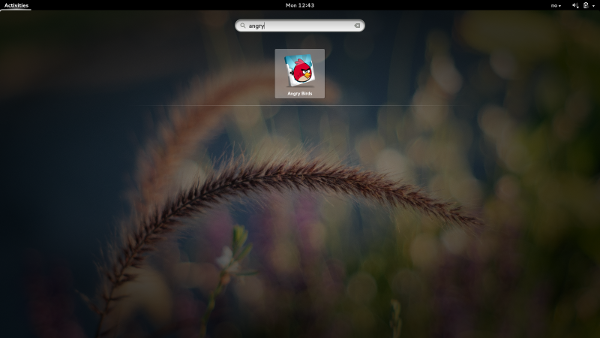So GUADEC is kicking off on Thursday here in Brno. The upcoming event is creating quite a bit of excitement here in the office as many members of the Red Hat team here in Brno has been helping out with the organization of the conference this year, being in the hometown of our biggest engineering office in the world. A series of last minute meetings, calls and arriving banners and packages help create a good buzz ahead of the opening of the conference. We have managed to get a bigger contingent of the Red Hat Desktop team this year than usual, including some members of our X.org/Wayland team, our Spice team and our LibreOffice team, so it will be a great opportunity for our global team to meet face to face in addition to meeting the other members of the community.
One of the items I am looking the most forward to during this GUADEC to is to be able to talk our friends at Intel and figure out how we can effectively work together on Wayland. We have put together a team to accelerate Wayland development inside Red Hat, with the goal of getting it ready for deployment in Fedora. There are of course a lot of things that needs to happen in preparation for this, like getting the GNOME Shell ready to work as a Wayland compositor. We will be looking at a long range of items, but among the more important ones is dealing with input devices in Wayland, like handling multiple mice, touch or Wacom tablets and making sure XWayland works so well that our users will not need to realize they are using Wayland instead of X once we transition over.
Anyway, I hope to share more details on our Wayland plans in the coming weeks and Months, so stay tuned.
I have also been trying to find some spare moments during the last few weeks so that I could celebrate GUADEC here in Brno with a new release of Transmageddon. There are basically three new features I am trying to polish up currently. Handling of files with multiple audiostreams is the most important, with DVD ripping support coming in as a close second and finally being able to tag the language of the audio streams as the third one. As you might imagine the first is also a pre-requisite for the second. I am getting there, although there are still some heavy lifting to do in terms of dealing with multiple audio streams inside Transmageddon in the case where the output doesn’t support multiple audio streams, like in the case of the FLV container format or if you are just stripping off the video to make a mp3 file.
Apart from that I think git master is starting to feel like working code again, I just need to test the hell out of it to catch all regressions my code re-organisation has caused. The new features feel small in some ways, but they took an awful lot of re-factoring as they obliterated some assumptions my code made. I am also quite happy to have managed to hide these new features pretty well for people who don’t need them, so if you are just loading a normal file without multiple audio tracks the UI should look and behave almost exactly as it did before. The same is true if you don’t have a DVD player on your system, you will not get any DVD items in the UI. I still need to make the code check for the availability of the libraries it needs for DVD support since they will not be shipping by default with most distros, and thus I will check for them and only make the DVD handling features available in the UI if they are installed.
So looking forward to seeing you here in Brno in the coming days!!


